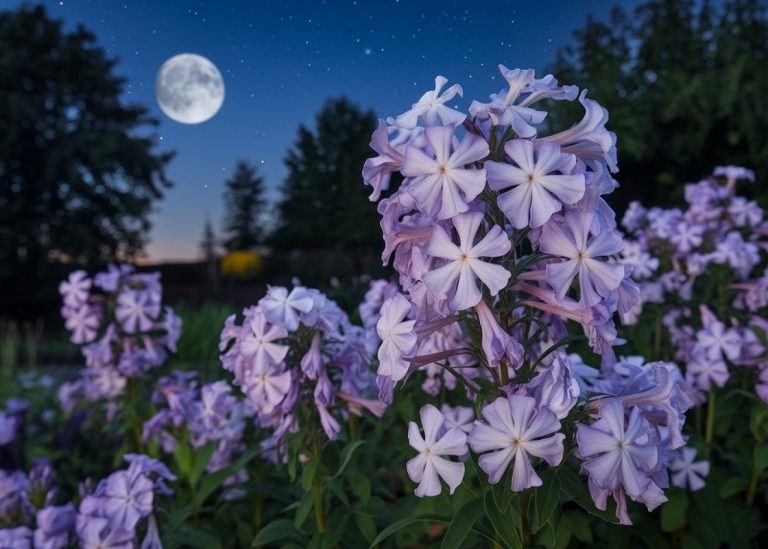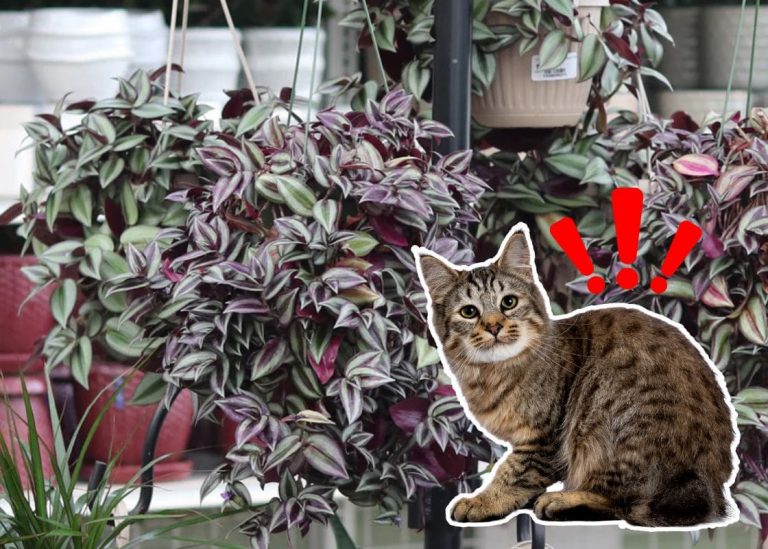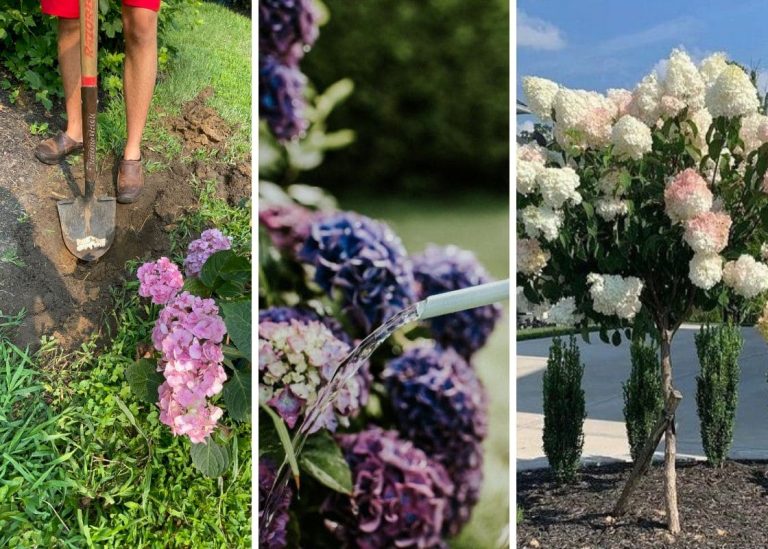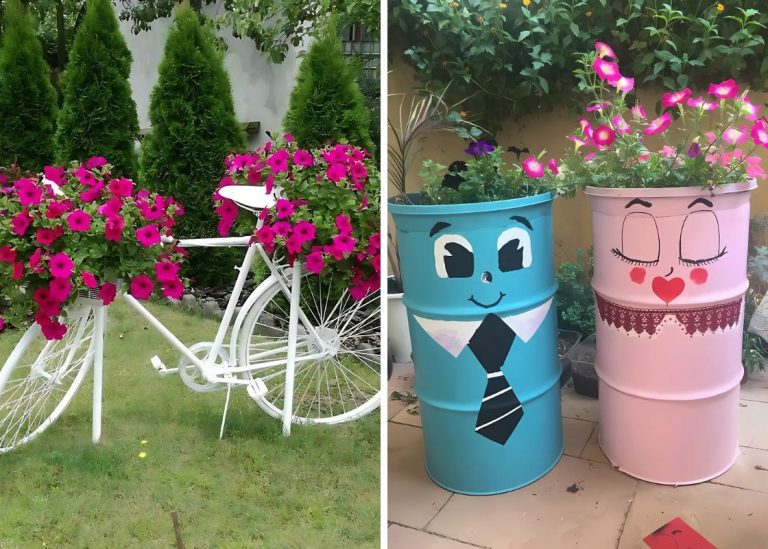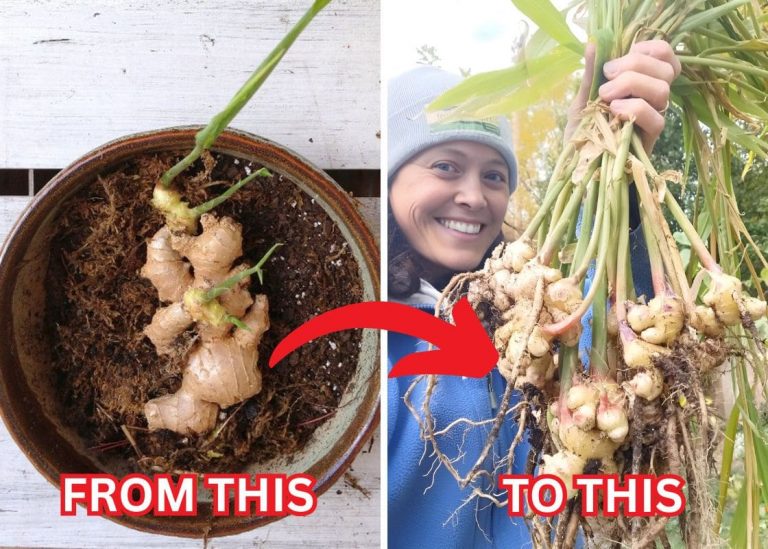15 Genius Garden Hacks I Swear By for an Easier, More Productive Garden
Some of my best gardening lessons didn’t come from books or perfect plans. They showed up in little moments — like watching a neighbor sprinkle crushed eggshells around her tomatoes, or noticing how a friend’s compost pile smelled fresh instead of sour after he added coffee grounds.
Sometimes it was pure accident. Like the day a forgotten plastic bottle, snipped and placed over a struggling seedling, saved it from an unexpected frost. Other times, it was the quiet advice passed between muddy hands at a spring plant sale, small tricks that seemed too simple to work until they did.
What tied all these moments together wasn’t luck — it was the kind of everyday wisdom that only grows when you’re willing to experiment, laugh at your mistakes, and share your small victories. Slowly, those pieces came together and turned gardening from a chore into a real kind of joy.
Today, I want to pass along 15 of my favorite little hacks—tricks that helped me grow more, work less, and fall even deeper in love with the garden life. I hope they find a place in your growing season, too.
#1. Eggshells My Go-To Calcium Boost for Plants
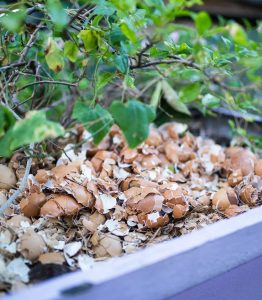
After cracking eggs for a weekend brunch, I used to toss the shells straight into the compost without a second thought. One rainy afternoon, while transplanting tomatoes, I tucked a few crushed shells directly into the planting hole.
The difference showed up weeks later—sturdier plants, fewer sad-looking fruits. Now, I dry the shells and crumble them around tomatoes, peppers, and even zucchini as a soft shield against blossom end rot.
#2. Coffee Grounds for Healthier Soil

Early spring mornings smell like damp earth and coffee at my place. After pouring my first cup, I scoop the used grounds into a metal pail by the door.
Mixed into the compost or sprinkled lightly around leafy greens, those rich, gritty bits feed the soil and keep slugs away. A small act that feels almost like offering breakfast to the garden itself.
#3. Plastic Bottle Greenhouses to Protect Seedlings
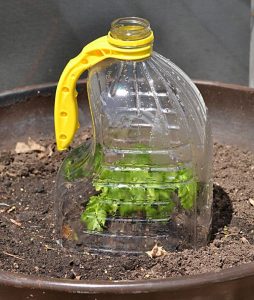
Windstorms are no friends to baby seedlings. After losing an entire tray to a sudden gust, I started slicing old soda bottles into makeshift greenhouses.
They may not win style awards, but they trap warmth beautifully and shield delicate leaves from chilly snaps. Watching seedlings thrive under their plastic domes feels like standing guard over tiny, sleeping villages.
#4. Cooking Water Free Plant Fertilizer
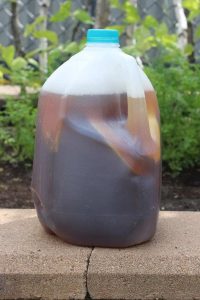
Instead of pouring vegetable or pasta water down the drain, I let it cool and use it to water my garden.
It’s filled with nutrients that leach out while cooking, making it a natural (and free) fertilizer. Just make sure the water is unsalted!
#5. Milk Spray for Fighting Fungal Diseases
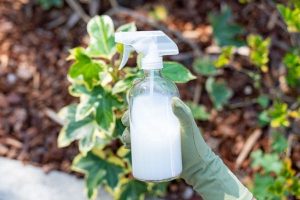
Cloudy, humid days used to send me into panic over powdery mildew creeping up my cucumbers. A soft-spoken gardener at a seed swap suggested milk spray, and desperation made me brave enough to try.
One part milk to three parts water, misted carefully over the leaves, tamed the mildew better than any harsh chemical ever had. It felt a bit like handing the plants an old remedy passed down through generations.
#6. Baking Soda for Sweeter Tomatoes

Every season, I chase after that perfect tomato—firm, juicy, sweet with just a hint of earth. Sprinkling a pinch of baking soda around their base shifts the soil pH ever so slightly, coaxing more sweetness into every bite.
It’s a tiny adjustment you can’t see happening, but you sure can taste it when you slice into that first heavy, sun-warmed tomato.
#7. Banana Peels for Stronger Plants

When planting marigolds and nasturtiums along the borders, I slip chopped banana peels into the holes like secret treasures.
As they break down, they whisper nutrients into the roots—potassium, phosphorus, small miracles that feed flowers and fruit quietly from below. It feels like tucking little promises into the soil.
#8. Vinegar for Killing Weeds Naturally
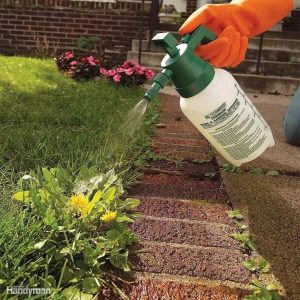
One muggy afternoon, while wrestling weeds out of the driveway cracks, a passing cyclist hollered, “Try vinegar!” with a cheerful wave.
Sure enough, spraying white vinegar directly on the unwanted greenery wilts it away within days. A small handheld spray bottle does the trick, precise enough to keep the good plants safe.
#9. Plastic Forks to Keep Pests Away

The first time I saw tiny plastic forks poking up like a strange crop around someone’s cabbage patch, I laughed out loud. But after rabbits snipped down my first spinach bed, I understood.
Forks create just enough nuisance to keep nibbling noses away, letting tender greens grow in peace. Funny-looking, but fiercely effective.
#10. Sponges in Pots for Better Drainage
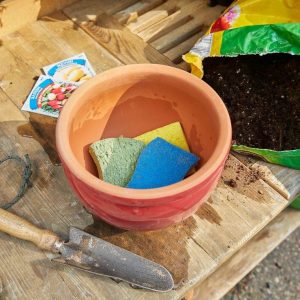
Repotting herbs one summer, I stumbled onto a simple solution to thirsty afternoons: placing an old kitchen sponge beneath the soil in each pot.
It holds extra water during rainy spells and releases it slowly when the heat cranks up. A small hidden ally tucked under the roots, working quietly where you can’t see.
#11. Cinnamon to Stop Seedlings from Rotting

Every spring, as trays of tiny seedlings push their first leaves toward the light, I dust a soft sprinkle of cinnamon across the soil like seasoning a favorite dish.
The warm scent fills the greenhouse, and the antifungal protection keeps those fragile beginnings safe. It’s a gentle, old-world trick that fits the slow magic of seed-starting perfectly.
#12. Epsom Salt for Bigger Peppers and Tomatoes

Growing peppers without Epsom salt feels like tying one hand behind your back. I mix a tablespoon into a watering can each month and drench the base of each plant.
The magnesium and sulfur boost lead to stronger stems, deeper green leaves, and heavy fruit clusters that pull down the branches by midsummer.
#13. Growing Potatoes in a Trash Can for Maximum Yield

One year, short on space and long on curiosity, I filled an old trash can with soil and planted a few wrinkled seed potatoes near the bottom.
Layer by layer, as green shoots climbed upward, I added more soil. Come fall, tipping over the can felt like digging for buried treasure—and the yield was better than any backyard plot I’d managed before.
#14. Aloe Vera for Natural Rooting Hormone
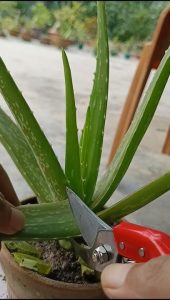
In the corner of my greenhouse, a plump aloe vera waits patiently for its next mission. When it’s time to propagate new plants, I slice a leaf and coat the cut ends in the cool, soothing gel.
Roots pop out faster and stronger, as if the aloe shares a little of its ancient, desert-born toughness with each new sprout.
#15. Deep Containers for Perfect Carrots
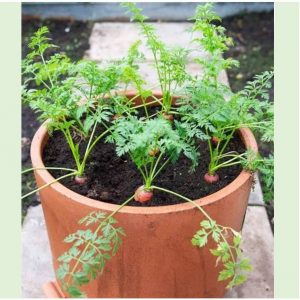
Carrots grown in shallow, rocky ground are a heartbreak of twisted, stunted shapes. A switch to deep, loose containers changed the game.
Now, pulling up smooth, straight carrots feels like drawing bright orange wands from the earth. A little extra depth gives them the space they crave to stretch their roots long and true.
Final Thoughts
Gardening teaches you patience, sure—but it also rewards a little cleverness. These small tricks, picked up from neighbors, books, and a few lucky accidents, have stitched themselves into my days like old, familiar songs. They’re not grand gestures. They’re tiny shifts that turn hard work into joyful rhythm.
I hope a few of these hacks will save you a little time, or coax a bigger harvest from your beds, or simply make your mornings outside a little sweeter.


